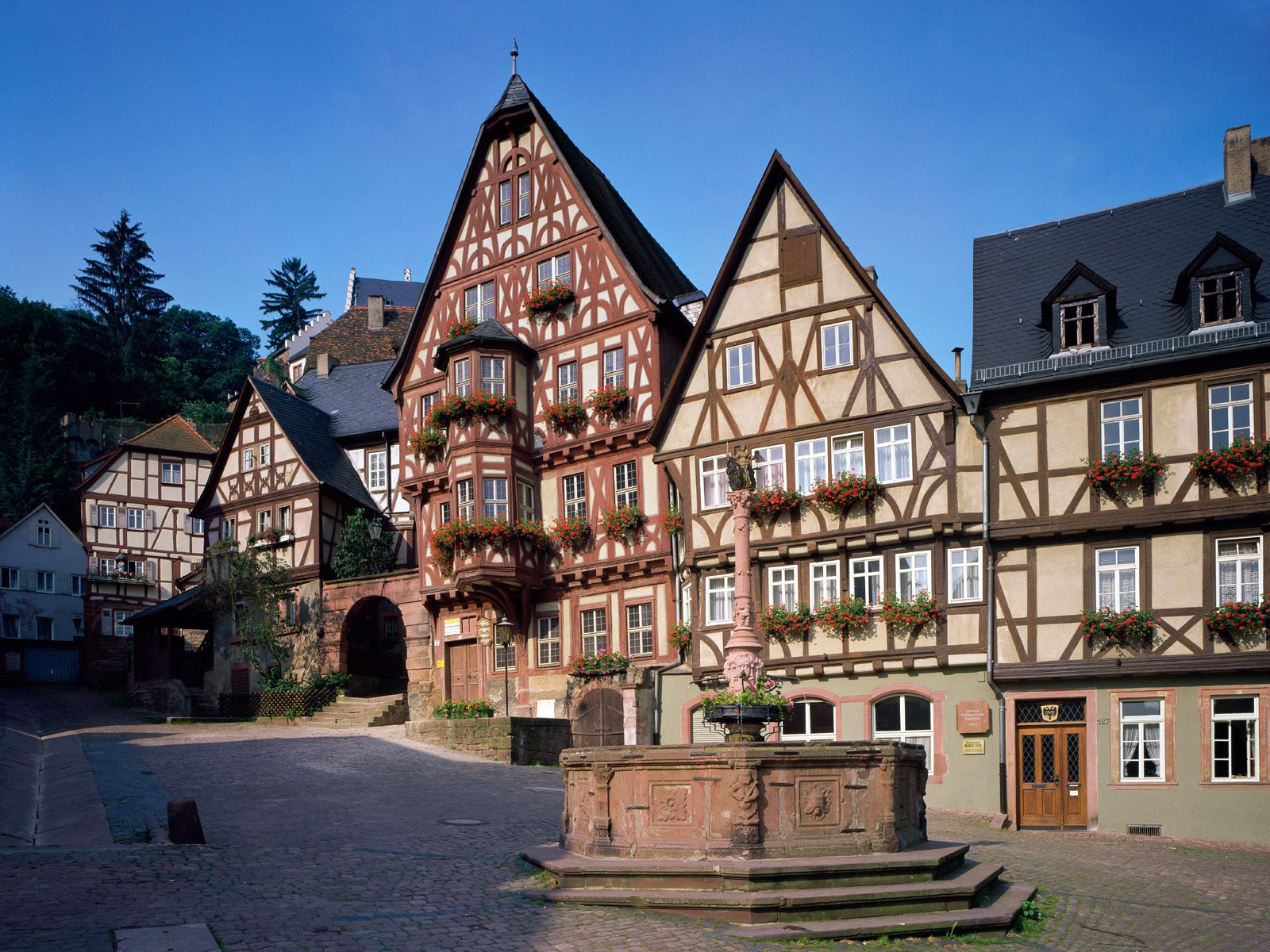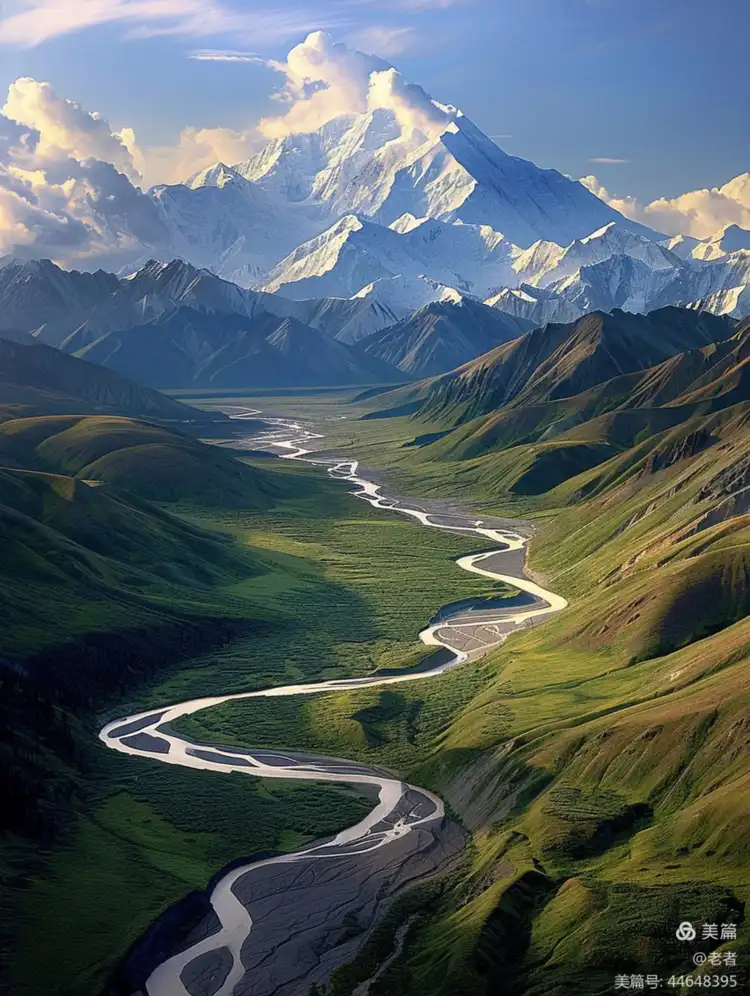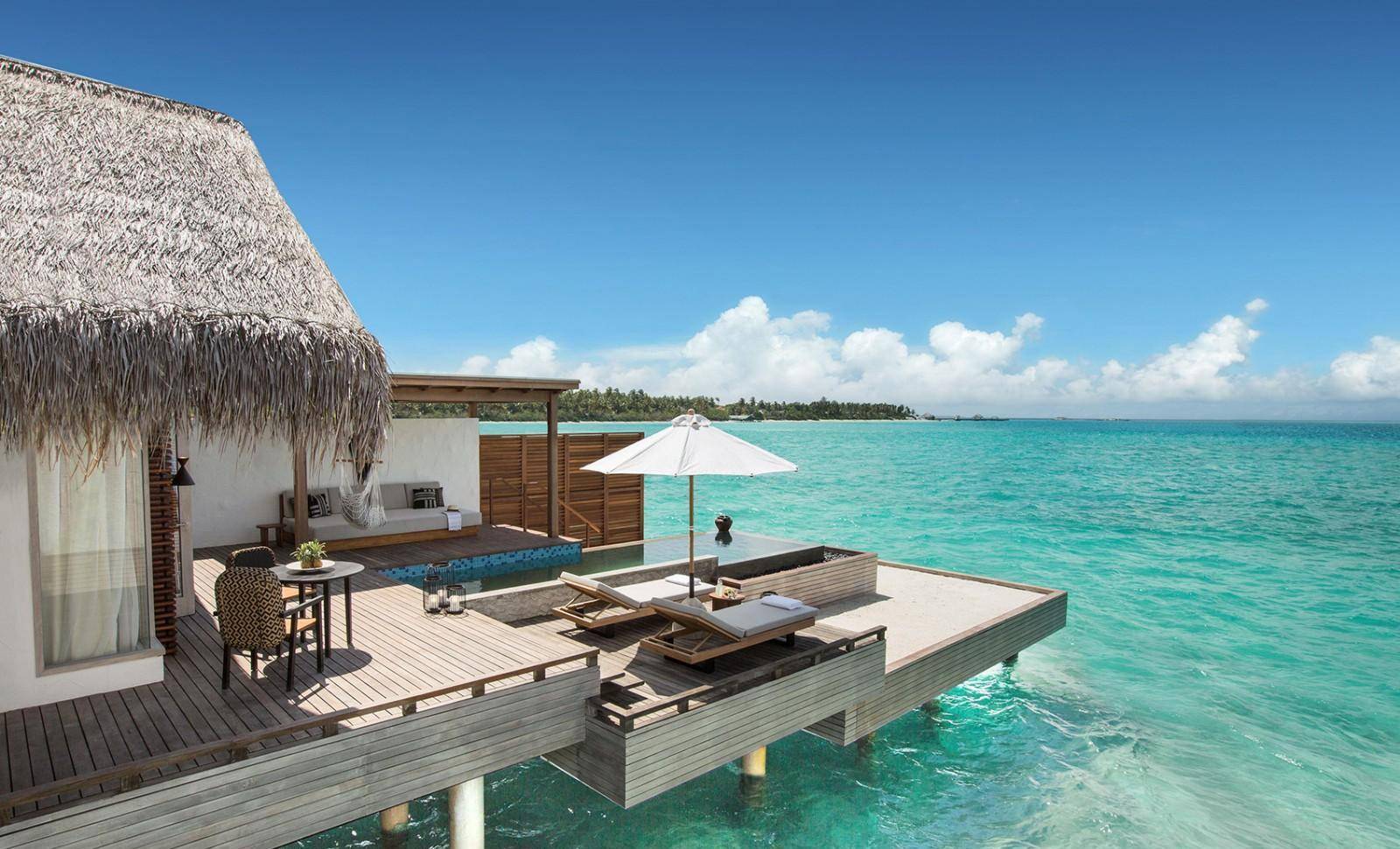Global Travel Information
Chefchaouen, Morocco
Nestled within the rugged embrace of the Rif Mountains in northern Morocco, Chefchaouen is less a city and more a dreamscape, a place where the very air seems tinged with a profound and tranquil blue. To arrive here, after navigating the dusty, sun-baked hues of the Moroccan landscape, is to step into a different dimension—one painted in a thousand shades of cerulean, azure, cobalt, and indigo. This is the Blue Pearl, a town that captivates not through grandeur, but through an almost hypnotic serenity that seeps from its walls and settles in the soul.
The origin of Chefchaouen’s distinctive palette is shrouded in a tapestry of myth and history. Founded in 1471 as a small fortress to fend off Portuguese invasions, it later became a refuge for Muslims and Jews expelled from Spain during the Reconquista. Many believe it was these Jewish refugees in the 1930s who introduced the tradition of painting buildings blue, symbolizing the sky and heaven, a constant reminder of God’s presence and a tool for spiritual reflection. Others offer more practical theories: that the blue pigment, derived from the indigo plant, naturally repels mosquitoes, or that it simply helps to keep the houses cooler during the sweltering summer months. Yet, walking its lanes, the spiritual explanation feels the most resonant. The color is not merely decorative; it is devotional, a visual prayer rendered in limewash and pigment.
To explore Chefchaouen is to surrender to getting lost. There is no grand plan, no checklist of monuments. The primary activity is the simple, profound act of wandering. The medina, a UNESCO World Heritage site, is a labyrinthine marvel where every turn unveils a new composition of light and color. Staircases, some steep and narrow, others broad and inviting, cascade down the hillside, each step a different shade of blue. Wrought-iron lanterns cast intricate shadows on walls adorned with vibrant pots of crimson geraniums or emerald succulents, the bold colors of life providing a stunning contrast to the endless blue.
The light plays its own magic here. In the sharp clarity of the midday sun, the blues are vibrant and assertive. But it is in the softer hours that Chefchaouen truly sings. In the early morning, when the mist still clings to the mountain peaks, the town is washed in a pale, ethereal glow, the colors muted and dreamlike. As the sun begins to set, the angled light gilds the blue walls with a warm, golden hue, creating a breathtaking duality of cool and warm tones. Photographers and painters find themselves in a state of perpetual rapture, chasing the perfect interplay of shadow and substance.
At the heart of the medina lies the Uta el-Hammam square, the town’s bustling, earthy core. Here, the blue recedes slightly, making way for the warm terracotta of the cobblestones and the imposing brown walls of the 15th-century Kasbah. The square is a theatre of daily life. Men in wide-brimmed straw hats and striped djellabas, traditional of the Rif region, sip sweet mint tea at café terraces, chatting and watching the world go by. The air is filled with the scent of grilling meat, spices, and the faint, sweet smell of baking bread. The Grand Mosque, with its distinctive octagonal minaret, stands as a silent, watchful guardian over the scene.

The Kasbah itself, restored and peaceful, offers a quiet respite. Its gardens are an oasis of green, and climbing its ramparts rewards the visitor with a stunning panoramic view of the sea of blue houses cascading down the valley, framed by the jagged, imposing peaks of the mountains. It is from these peaks that the town gets its name: Chefchaouen, from the Berber word “Ichawen,” meaning “the horns,” a reference to the two mountain summits that overlook it.
Beyond the visual splendor, Chefchaouen engages the other senses. The local cuisine is a hearty reflection of its mountain setting. One must try the local goat’s cheese, often served with honey, a perfect blend of savory and sweet. Tagines here are rich and flavorful, and the bread, fresh from communal clay ovens, is a staple of every meal. The soundscape is a gentle hum of daily activity—the call to prayer echoing from the minarets, the chatter of artisans in their workshops, the gentle splash of water from the many fountains that provide the town’s lifeblood.
For the adventurous, the surrounding Rif Mountains offer spectacular hiking. The trail to the abandoned Spanish mosque on a hill opposite the town provides an iconic, picture-postcard view of Chefchaouen spread out in all its blue glory, especially at sunset. Further afield, the Talassemtane National Park reveals hidden waterfalls, deep gorges, and forests of fir and oak, a world away from the Saharan stereotypes of Morocco.
Yet, the true essence of Chefchaouen is intangible. It is a feeling. It is the quiet contentment found in a shaded courtyard, the kindness in a local’s smile, the profound peace that comes from sitting on a blue step, simply watching the day pass. In a world that often feels overwhelmingly loud and fast, Chefchaouen offers a rare gift: a pause. It is a reminder of the power of beauty, not as an extravagance, but as a necessity woven into the fabric of daily existence. It is a blue sanctuary for the spirit, a place that, long after you have left its painted lanes, continues to color your memories with its profound and peaceful hue.
相关文章
- Elbe River Amusement Parks: Rides with River Views
- Elbe River Camping Spots: Pitch a Tent by the Water
- Elbe River Glamping Sites: Luxury Camping Along the Banks
- Elbe River RV Parks: Stay in Your Camper Near the River
- Elbe River B&Bs: Cozy Accommodations with a Personal Touch
- Elbe River Hostels: Budget Stays for Young Travelers
- Elbe River Business Travel Guide: Meetings & Events Near the Water
- Elbe River Conference Venues: Spaces with River Views
- Elbe River Wedding Venues: Tie the Knot by the Water
- Elbe River Funeral Services: Respectful Locations Along the Banks
发表评论
评论列表
- 这篇文章还没有收到评论,赶紧来抢沙发吧~


